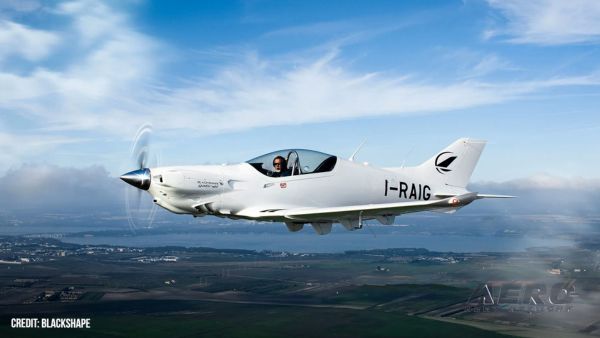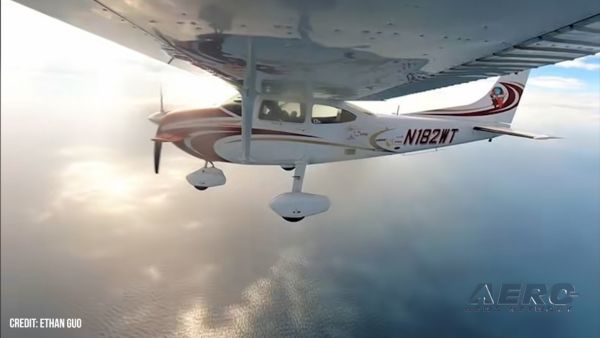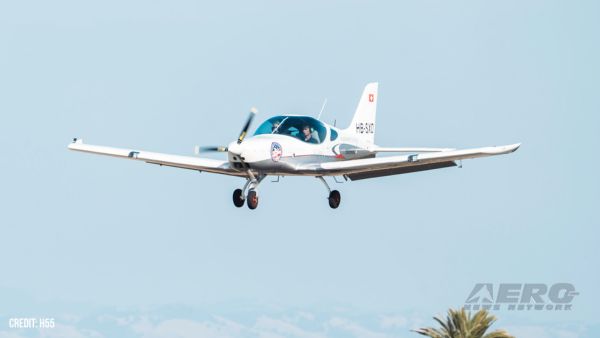Fri, Feb 12, 2016
Legislation Leaves Wide Inconsistencies In GA User Fee Exemption
In a letter late Wednesday to House Transportation Committee Chairman Bill Shuster, the National Air Transportation Association (NATA) clarified how user fees will be applied to segments of general aviation under H.R. 4441, the Aviation Innovation, Reform, and Reauthorization (AIRR) Act.

Hendricks (pictured) first dispelled a contention made at Wednesday's Transportation Committee hearing on ATC reform that charter operations (Part 135) were largely high-end passenger jets. “While such aircraft comprise a segment of the Part 135 fleet, they serve as a stereotype that does not fairly represent the fleet as a whole. The balance is comprised of fixed-wing piston (25%), fixed-wing turboprop (19%), rotor piston & turbine (26%). The Part 135 community is a working one, and the revenue created is the difference between the success and failure of many small businesses. Typical for many small businesses, the overwhelming majority of Part 135 operators have 25 or fewer employees and less than $5 million annual revenue.”
Hendricks noted, “A Part 135 operation may have only a single King Air, holding five passengers, and under this legislation be required to pay user fees. The legislation exempts almost 25 percent of commercial GA operations from user fees (fixed-wing piston) but sweeps in other commercial GA operations (for example air ambulance, air tours, certain types of flight instruction) that have heretofore been wholly exempt or contributed via gas taxes. Worse, this community is denied representation in the Corporation’s proposed governance structure. The fact that recourse against Corporation mistreatment is largely limited to mounting a court challenge against a well-funded large corporation further erodes their ability to ensure fair treatment.”
Given the legislation’s complexity and the fact its ramifications are not yet fully understood Hendricks requested the Committee forego Thursday’s markup to provide time for additional analysis. The committee, however, proceeded with the markup as scheduled.
(Source: NATA news release)
More News
Also: Netherlands Donates 18 F16s, 2 737s Collide On Ramp, E-7 Wedgetail Cut, AgEagle's 100th In S Korea The Pilot and Aircraft Privacy Act was introduced in the House by Represent>[...]
Pilot Also Reported That Due To A Fuel Leak, The Auxiliary Fuel Tanks Were Not Used On June 4, 2025, at 13:41 eastern daylight time, a Piper PA-23, N2109P, was substantially damage>[...]
Have A Story That NEEDS To Be Featured On Aero-News? Here’s How To Submit A Story To Our Team Some of the greatest new stories ANN has ever covered have been submitted by our>[...]
From 2023 (YouTube Edition): Reflections on War’s Collective Lessons and Cyclical Nature The exigencies of war ought be colorblind. Inane social-constructs the likes of racis>[...]
What Goes Around, May Yet Come Back Around, Klyde FMI: www.klydemorris.com>[...]
 Airborne 06.30.25: US v ADS-B Misuse, Natl STOL Fire, Volocopter Resumes
Airborne 06.30.25: US v ADS-B Misuse, Natl STOL Fire, Volocopter Resumes NTSB Prelim: Piper PA-23
NTSB Prelim: Piper PA-23 ANN FAQ: Submit a News Story!
ANN FAQ: Submit a News Story! Classic Aero-TV: One Mans Vietnam
Classic Aero-TV: One Mans Vietnam Klyde Morris (06.30.25)
Klyde Morris (06.30.25)



